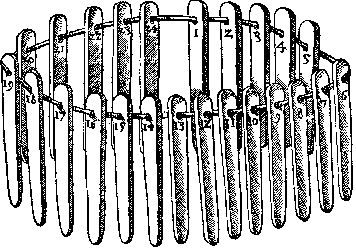Lit, A. and Vicars, W. M. The Effect of Practice on the Speed and Accuracy of Equidistance Settings. American Journal of Psychology, 1966, 79, 464 - 469.
Copyright (c) 1966, The Board of Trustees of the University of Illinois.
Used with permission of the University of Illinois Press.
Permission of the author and the publisher is granted to make (download) a
single copy of this work, and/or its abstract, for personal, noncommercial use.
All other rights are reserved.
Modification or redistribution of all or part of this work in any form is
forbidden: Please contact the author and the publisher for permission to
post or copy this work for any purpose.

by John Michael Williams, 1999. Placed in public domain.
Two observers were asked to make numerous stereoscopic
distance settings in Lit's Pulfrich apparatus, at a distance of about
one meter, with instructions emphasizing accuracy. Eighteen 2-hour
sessions in a row were followed by another ten in a row after an
intervening period of five weeks.
The constant error (a term in the "personal equation") of each observer
was found to have decreased with time, apparently approaching zero with
sufficient practice, even though observers never received feedback on
their accuracy.
No important response time trend was found for these two observers.
Back to Pulfrich Effect Home. University Privacy Policy
The Pulfrich Effect, SIU-C. Last updated 2000-07-23